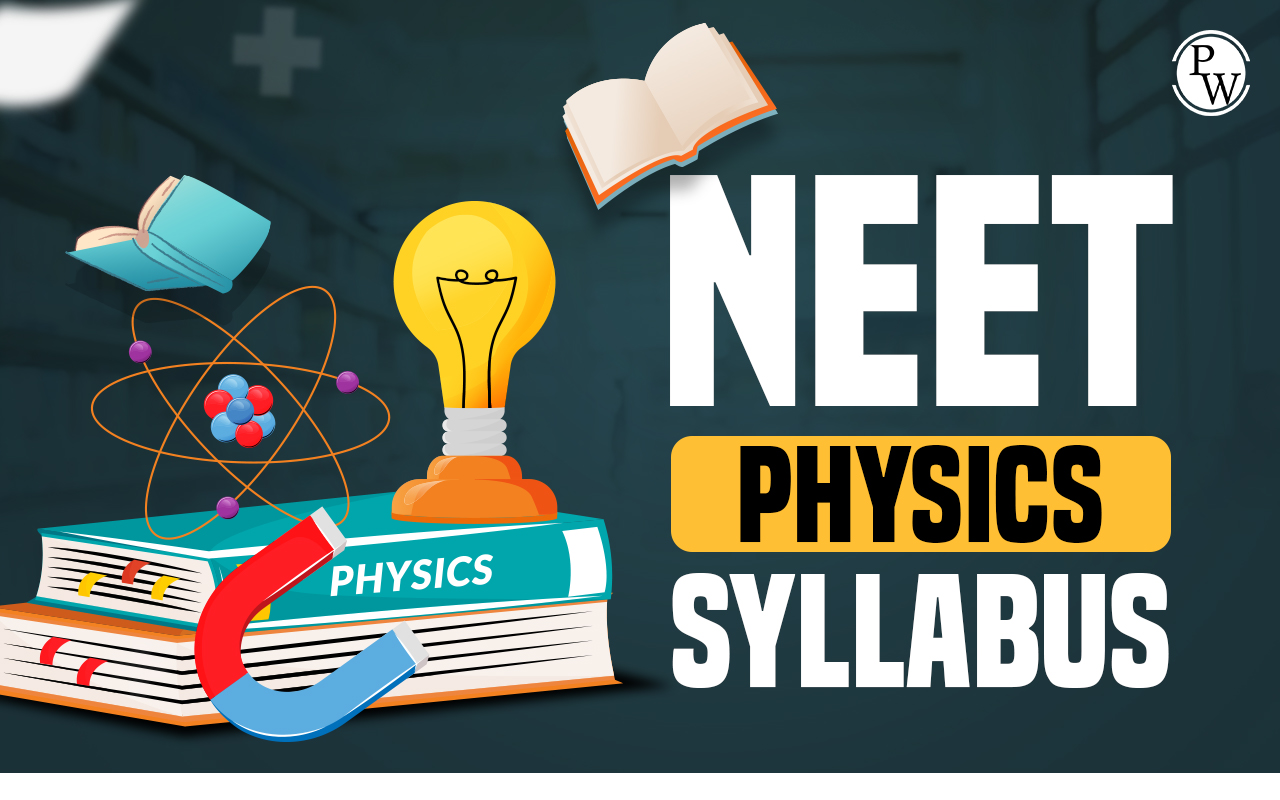
Difference Between AC and DC Motor : The difference between AC and DC motors is extremely important not only from the examination point of view but also for various projects and practical demonstrations. It is simple to select the appropriate motor for a given demonstration when you understand the differences between AC and DC motors.
This subject is very important for those who want to become engineers as well. This article provides an easy-to-understand tabular breakdown of the specific differences between DC and AC motors.| NEET Physics Syllabus | NEET Physics Important Questions with Answers |
| NEET Physics Chapter wise Weightage | NEET Physics MCQs |
| NEET Physics Notes | NEET Physics Formulas |
What are AC Motors?
Types of AC Motors
AC motors are classified into two types: Induction motors and synchronous motors.Induction Motors
Working Principle: Induction motors work based on the induction of a current in a rotor coil when exposed to a changing magnetic field produced by the stator (stationary part) winding.Synchronous Motors
Working Principle : Synchronous motors operate at a constant speed determined by the frequency of the AC power supply. The rotor turns synchronously with the rotating magnetic field of the stator. Characteristics: Synchronous motors are known for their efficiency and power factor correction. They find applications in power plants, synchronous clocks, and precision equipment. Both types of AC motors play essential roles in various industries, providing the mechanical power needed to drive machinery and perform a wide range of tasks.What are DC Motors?
DC motors, or direct current motors, are electrical devices that convert direct current electrical energy into mechanical energy. These motors are widely used in numerous applications, ranging from small household devices to large industrial machinery. DC motors operate based on the principles of electromagnetism and the Lorentz force.Types of DC Motors
There are several types of DC motors, and two common categories are explained below with their working principle and characteristics.Brushed DC Motors
Working Principle: These motors have a rotating coil of wire (armature) and a stationary magnet (or magnets). When an electric current flows through the coil, it interacts with the magnetic field, producing a torque that causes the motor to turn.Brushless DC Motors (BLDC)
Working Principle : BLDC motors have a permanent magnet rotor and a stationary coil arrangement. The direction of the current in the coils is controlled by an external electronic circuit, eliminating the need for brushes and a commutator.Difference Between AC and DC Motor
It is very complex to understand the difference between AC and DC Motor which is why we are providing the the differences based on all the parameters in the tabular format. This will help you to get a glimpse of each type of motor.| Difference Between AC and DC Motor | ||
|---|---|---|
| Parameters | AC Motor | DC Motor |
| Power Source | Supplied by alternating current. | Supplied by direct current. |
| Construction | Complex construction with an alternating current winding. | Simpler construction with a direct current winding. |
| Direction of Rotation | Reversal of direction is achieved by changing the sequence of AC phases. | Direction is easily reversed by reversing the polarity of the applied voltage. |
| Control | A more complex control system is required for speed regulation. | Simple and effective control system for speed regulation. |
| Efficiency | Generally lower efficiency compared to DC motors. | Can have higher efficiency, especially at variable speeds. |
| Applications | Commonly used in high-power industrial applications. | Widely used in smaller applications and devices. |
| Brushes | Brushless design possible in certain types. | Requires brushes for commutation in most designs. |
| Maintenance | Generally lower maintenance due to the absence of brushes. | May require more maintenance due to brush wear. |
| Cost | Often more expensive to manufacture. | Typically less expensive to manufacture. |
| Speed Variation | Not easily adjustable for variable speeds. | Easily adjustable for variable speeds. |
Applications of AC Motors
Industrial Fans and Blowers - AC motors power large industrial fans and blowers used for ventilation, air circulation, and cooling in manufacturing plants, warehouses, and HVAC systems.Applications of DC Motors
Automotive Applications - DC motors are used in various automotive systems, including electric power steering, windshield wipers, and electric windows, where precise control and compact design are essential.Difference Between AC and DC Motor FAQs
What is the primary difference between AC and DC motors?
The key distinction lies in the type of electric current they use. AC motors operate on alternating current, while DC motors run on direct current.
How does the construction of AC and DC motors differ?
AC motors typically have a more complex construction with an alternating current winding, whereas DC motors have a simpler design with a direct current winding.
Can the direction of rotation be easily reversed in both AC and DC motors?
Reversing the direction in AC motors is achieved by changing the sequence of AC phases. In DC motors, it's easily accomplished by reversing the polarity of the applied voltage.
Which type of motor is more efficient, AC or DC?
Generally, DC motors can have higher efficiency, especially at variable speeds. AC motors may have lower efficiency in certain applications.
Are there specific applications where AC motors are preferred over DC motors, and vice versa?
AC motors are commonly used in high-power industrial applications, while DC motors find widespread use in smaller applications and devices due to their simplicity and controllability.
Talk to a counsellorHave doubts? Our support team will be happy to assist you!

Free Learning Resources
PW Books
Notes (Class 10-12)
PW Study Materials
Notes (Class 6-9)
Ncert Solutions
Govt Exams
Class 6th to 12th Online Courses
Govt Job Exams Courses
UPSC Coaching
Defence Exam Coaching
Gate Exam Coaching
Other Exams
Know about Physics Wallah
Physics Wallah is an Indian edtech platform that provides accessible & comprehensive learning experiences to students from Class 6th to postgraduate level. We also provide extensive NCERT solutions, sample paper, NEET, JEE Mains, BITSAT previous year papers & more such resources to students. Physics Wallah also caters to over 3.5 million registered students and over 78 lakh+ Youtube subscribers with 4.8 rating on its app.
We Stand Out because
We provide students with intensive courses with India’s qualified & experienced faculties & mentors. PW strives to make the learning experience comprehensive and accessible for students of all sections of society. We believe in empowering every single student who couldn't dream of a good career in engineering and medical field earlier.
Our Key Focus Areas
Physics Wallah's main focus is to make the learning experience as economical as possible for all students. With our affordable courses like Lakshya, Udaan and Arjuna and many others, we have been able to provide a platform for lakhs of aspirants. From providing Chemistry, Maths, Physics formula to giving e-books of eminent authors like RD Sharma, RS Aggarwal and Lakhmir Singh, PW focuses on every single student's need for preparation.
What Makes Us Different
Physics Wallah strives to develop a comprehensive pedagogical structure for students, where they get a state-of-the-art learning experience with study material and resources. Apart from catering students preparing for JEE Mains and NEET, PW also provides study material for each state board like Uttar Pradesh, Bihar, and others
Copyright © 2025 Physicswallah Limited All rights reserved.
Get App









